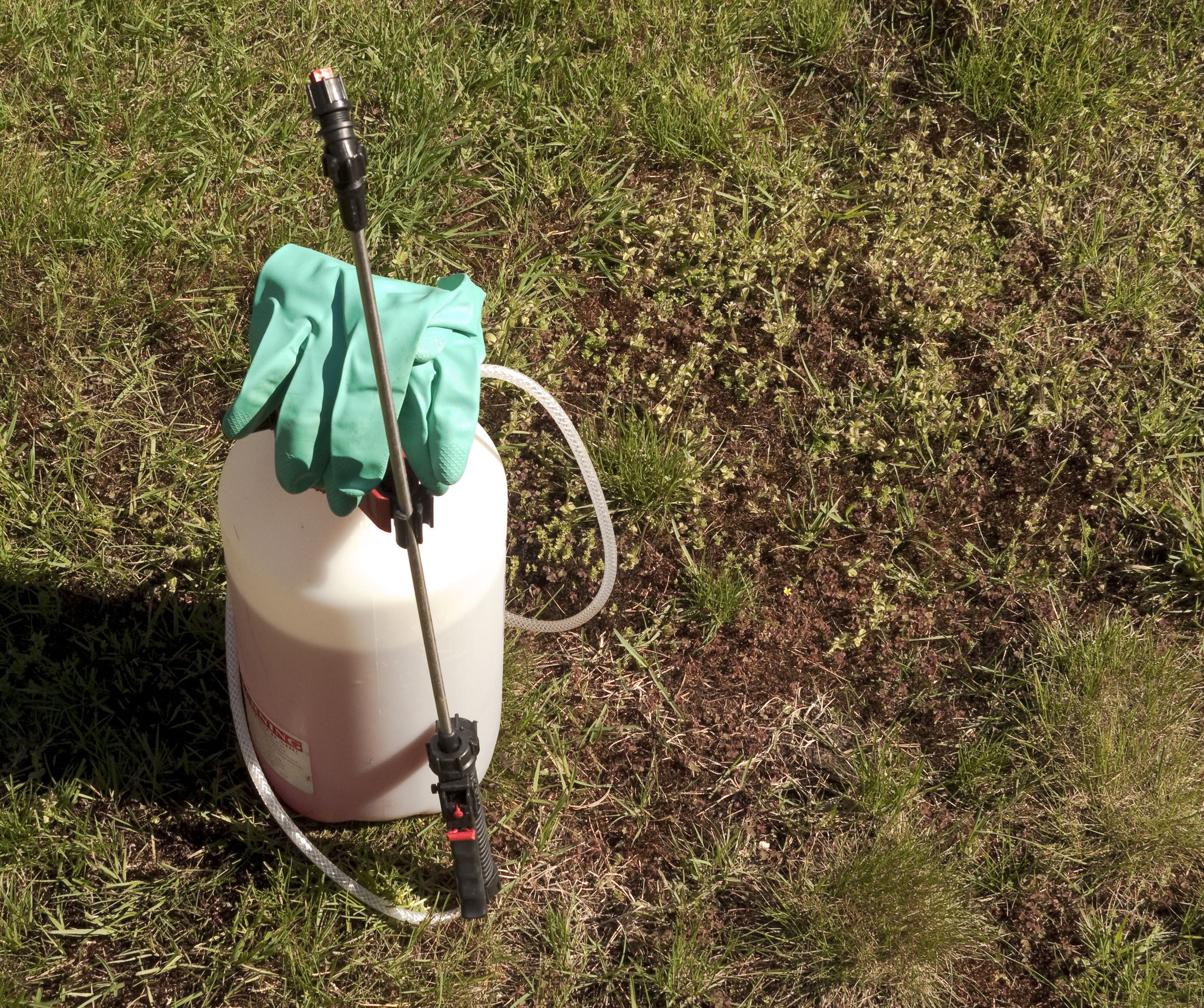Seasonal Lawn Care Tips: Preparing Your Canberra Garden for Spring
CM
Spring Cleaning for Your Lawn
As winter fades away, it's time to give your Canberra garden the attention it deserves. Spring is the perfect opportunity to rejuvenate your lawn, setting a strong foundation for the seasons ahead. A well-maintained lawn not only enhances the beauty of your garden but also adds to your property's value.
Begin with a thorough cleaning. Remove any debris such as fallen leaves and branches that may have accumulated over the winter months. This not only improves the appearance of your lawn but also prevents any potential diseases that thrive on decaying organic matter.

Revitalizing the Soil
Spring is a crucial time to focus on soil health. The soil's condition significantly impacts grass growth and overall lawn health. Start by aerating your lawn to improve water and nutrient absorption. Aeration involves perforating the soil with small holes to allow air, water, and nutrients to penetrate the grass roots more effectively.
After aerating, consider adding a layer of compost or organic fertilizer. This enriches the soil, providing essential nutrients that promote vigorous growth. Opt for slow-release fertilizers to ensure a steady supply of nutrients throughout the growing season.

Fertilize for Success
Fertilization is a key component of spring lawn care. A well-timed application can significantly enhance grass growth and density. It is important to choose a fertilizer that suits your grass type and the specific needs of your lawn.
Follow these steps for effective fertilization:
- Test your soil to determine its nutritional needs.
- Select a balanced fertilizer with appropriate nutrient ratios.
- Apply the fertilizer evenly across your lawn, following the manufacturer's instructions.
- Water your lawn thoroughly after fertilization to help nutrients reach the roots.
Seeding and Over-seeding
If your lawn has bare patches or thin areas, spring is an excellent time for seeding or over-seeding. This process helps fill in gaps, improving the overall density and appearance of your lawn. Choose grass seed that matches your existing lawn to ensure uniformity.

Before seeding, loosen the topsoil in the affected areas to provide a suitable environment for seed germination. After spreading the seeds, lightly rake the area and water it consistently to keep the soil moist until the new grass establishes.
Weed Control Strategies
Weeds can quickly invade and overtake a healthy lawn if not managed properly. Spring is an ideal time to tackle weed problems before they become unmanageable. Implementing a pre-emergent herbicide can prevent weed seeds from germinating.
If weeds have already appeared, use a selective post-emergent herbicide that targets specific weeds without harming your grass. Regular monitoring and prompt action will keep weeds at bay and ensure your lawn remains lush and vibrant.

Watering Wisely
Proper watering is essential for maintaining a healthy lawn. As temperatures rise, adjust your watering schedule to meet your lawn's needs. It's best to water deeply and infrequently rather than shallowly and often, as this encourages deep root growth and drought resistance.
Water early in the morning to minimize evaporation and fungal diseases. Aim for about an inch of water per week, either from rainfall or supplemental irrigation, depending on weather conditions.
Mowing for Optimal Growth
Mowing is another critical aspect of spring lawn care. As growth resumes, establish a regular mowing schedule, keeping your grass at an optimal height. For most grasses in Canberra, this is typically around 2.5 to 3 inches.
Avoid cutting more than one-third of the grass height at a time to prevent stress on the plants. Ensure your mower blades are sharp to achieve a clean cut, which helps prevent disease and promotes healthy growth.

Pest Management
Pests such as grubs and insects can pose significant threats to your lawn's health. Regularly inspect your lawn for signs of pest activity, such as dead patches or birds pecking at the grass. Early detection is crucial for effective management.
If pests are present, consider using environmentally friendly pesticides or natural predators to control them. Maintaining a healthy lawn through proper care practices also naturally reduces pest infestations by fostering strong, resilient grass.
